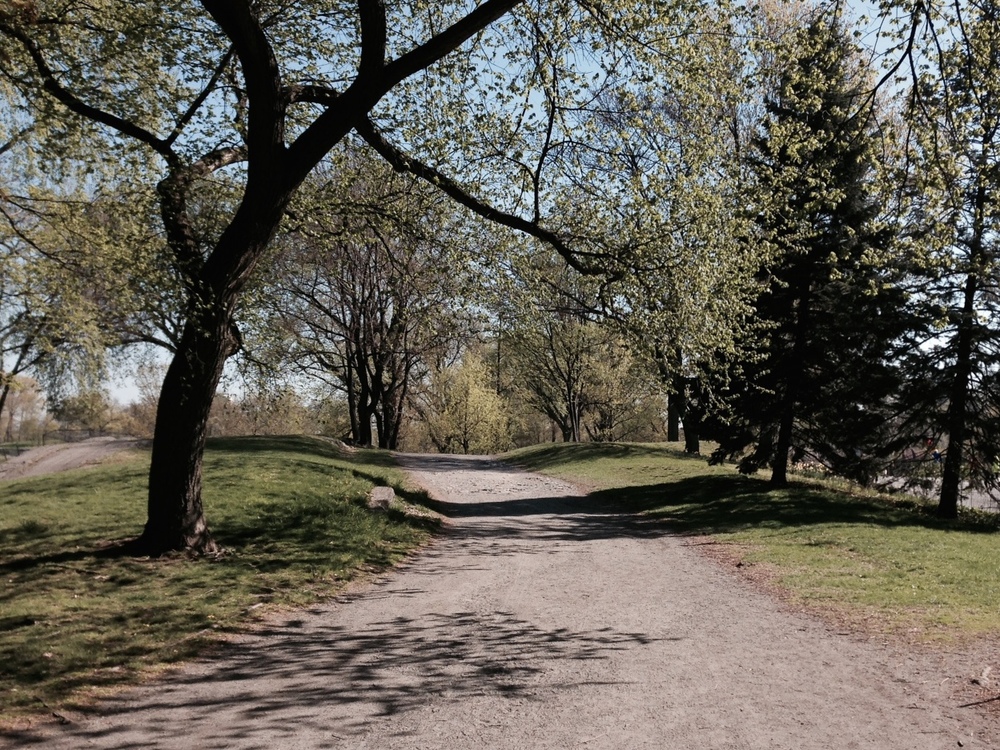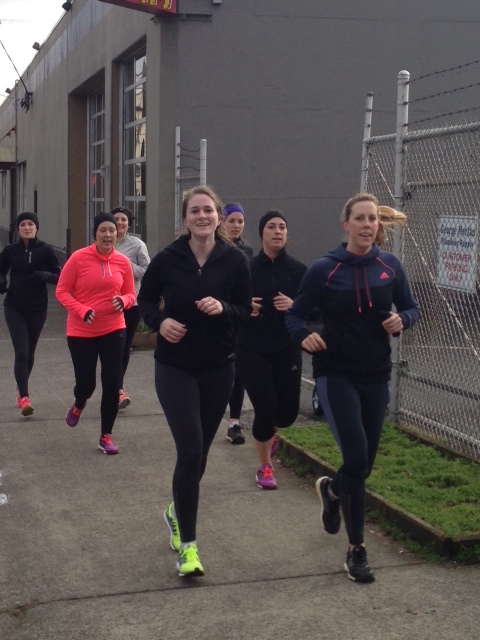by Elizabeth Eckhart
“I can't run a personal best from behind. I can't win a race from behind. Goal No. 1 was to win this race. Goal No. 2 was to be on the podium. Goal No. 3 was to run a personal best. I could have been conservative and stayed back and run 2:10 or 2:11, but I'm a competitor. This is probably the most meaningful victory ever for me."For the first time since 1983, an American won the Boston Marathon men’s division with an official time of 2:08:37 (per the results viewable on the Boston Marathon’s Facebook page). Meb Keflezighi, who is 38, had his eye on that finish line, and nothing else, from the beginning. He had no intention of running a safe pace, in fact, he was quoted following his finish stating the exact opposite:
The women’s race, which took off around 9:30 am with the elite runners, was defended by previous champion, Kenya’s Rita Jeptoo, 33. Her time was an incredible 2:18:57, a course record. She is now the seventh person in history to have won three Boston Marathons.
Like many, Rita was likely overjoyed at the chance to re-do the Boston Marathon this year. Though she won last year, her victory, and more importantly, the spirit of the race, was marred by the tragic bombings, which killed three people and wounded more than 260. For the 36,000 runners competing in Monday’s race, the theme was “take back that finish line!” - an anthem that the race announcer shouted to them just prior to the start.
For runners like J.P. Norden and his brother, Paul, their determination is more than just admirable, it’s inspiring. Both brothers were injured in the mass confusion that followed the bombings last year, each had to have his right leg amputated as a result of their injuries. Both brothers now use prosthetic legs. J.P. told CNN, “Where we are right now, where we got hurt, lost... changed our lives.”
They weren’t the only ones, either. Marc Fucarile, another survivor who also lost his right leg, suffers from the constant threat of a piece of shrapnel still lodged in the inner wall of his heart. When asked about the pending trial of Dzhokhar Tsarnaev, who was responsible for the bombings along with his brother, Tamerlan Tsarnaev, Fucarile says, “Whatever he gets, he deserves.”
Even President Barack Obama weighed in on the brave Boston Marathoners, tweeting from @WhiteHouse: “Congrats to @runmeb and @ShalaneFlanagan for making America proud! All of today’s runners showed the world the meaning of #BostonStrong. -bo.”
Representing her home country, Shalane Flanagan of Massachusetts, was the first American woman across the finish line. She led the race for the first 19 of the 26.2 miles, then slowly dropped to a still impressive seventh, with a time of 2:22:02. She broke her personal record of 2:25:38, and managed to secure the honor of having the fastest course time ever run by an American woman at the Boston Marathon. She told fans in the post race news conference, “I don’t wish it were easier, I just wish I were better. It was a really heartfelt performance.”
Flanagan was also one of the first to submit her entrance for the race, calling Mary Kate Shea, who assembles the John Hancock Elite Field, to confirm she’d be back in 2014 - just three days after the 2013 bombings. This year, she’s already confirmed her presence again at the 2015 race. “I can say right now, I’ll be back here until I win it. I’ll be back to challenge Jeptoo.”
If you missed the Boston Marathon’s live streaming, the event is already available on demand (with special packages) or watchlive.baa.org. If you were unable to compete, there are still opportunities as well: of the five largest marathons in the U.S. (of which each pull in over 20,000) racers, the ING New York City Marathon, the Bank of America Chicago Marathon, the Marine Corps Marathon in Washington DC and the Honolulu Marathon still remain for 2014. Though most lottery and early registration is filled (except for Honolulu), most of the races, including Bank of America Chicago and Marine Corps, are still available to register with a charity partner. Which means interested runners could sign up, and start training and fundraising today!








